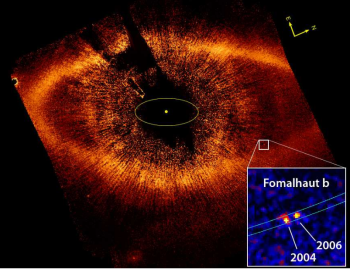The Kepler team today announced the discovery of eleven new solar systems holding twenty-six planets.
Planets galore! The Kepler team today announced the discovery of eleven new solar systems holding twenty-six planets.
The planets orbit close to their host stars and range in size from 1.5 times the radius of Earth to larger than Jupiter. Fifteen of them are between Earth and Neptune in size, and further observations will be required to determine which are rocky like Earth and which have thick gaseous atmospheres like Neptune. The planets orbit their host star once every six to 143 days. All are closer to their host star than Venus is to our sun.
No Earths in the habitable zone quite yet, but we are circling in on our prey.
Planets galore! The Kepler team today announced the discovery of eleven new solar systems holding twenty-six planets.
The planets orbit close to their host stars and range in size from 1.5 times the radius of Earth to larger than Jupiter. Fifteen of them are between Earth and Neptune in size, and further observations will be required to determine which are rocky like Earth and which have thick gaseous atmospheres like Neptune. The planets orbit their host star once every six to 143 days. All are closer to their host star than Venus is to our sun.
No Earths in the habitable zone quite yet, but we are circling in on our prey.




